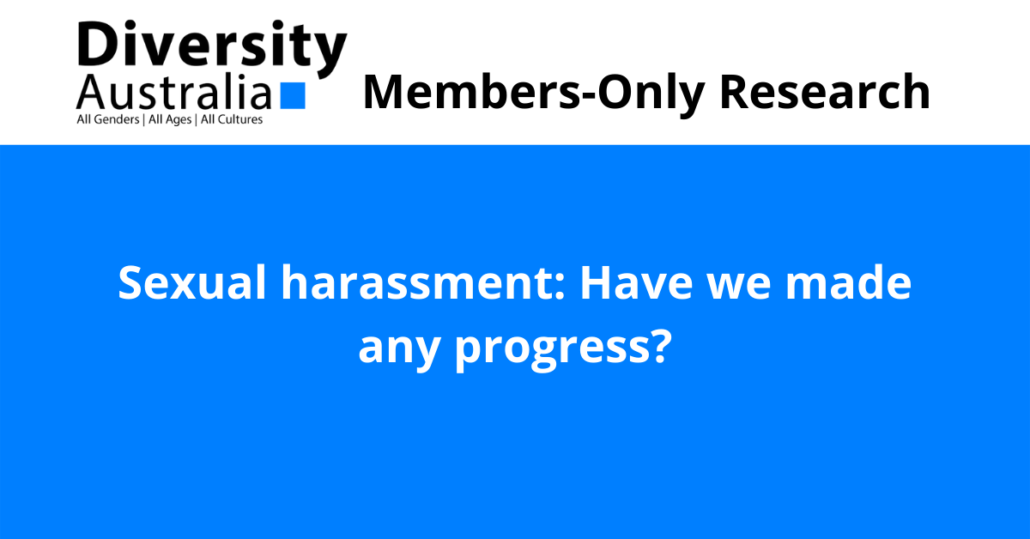Sexual harassment (SH) is a continuing, chronic occupational health problem in organizations and work environments. First addressed in the Journal of Occupational Health Psychology through a 1998 Special Section on Sexual Harassment, we return to this consequential issue. If the goal is to reduce SH in organizations, and we believe that it should be, then a key question is whether we have made progress in 2 decades. The answer is mixed. Yes, there is a 28% decline in SH complaints.
No, there is an increase in complaints by males. No, there has been an increase in the percentage of merit resolutions and monetary benefits. Maybe, because how do we explain the complexity of SH with emergent gay, lesbian, and transgender workforce members. One persistent problematic aspect of SH lack of agreement on definition. We address 2 of the 3 definitional approaches. We consider the broad, negative consequences for organizations and for individual victims.
Harassers and aggressors destroy lives, leaving long legacies of suffering. In addition, we offer some suggestions for moving forward in science and practice, with emphasis on the role of the bystander. We conclude that SH is a preventable, if not always predictable, occupational health problem.
Attributions:
Campbell Quick, J. & McFadyen, M. A
Journal of Occupational Health Psychology
2017, Vol.22. No 3, 286-298



















